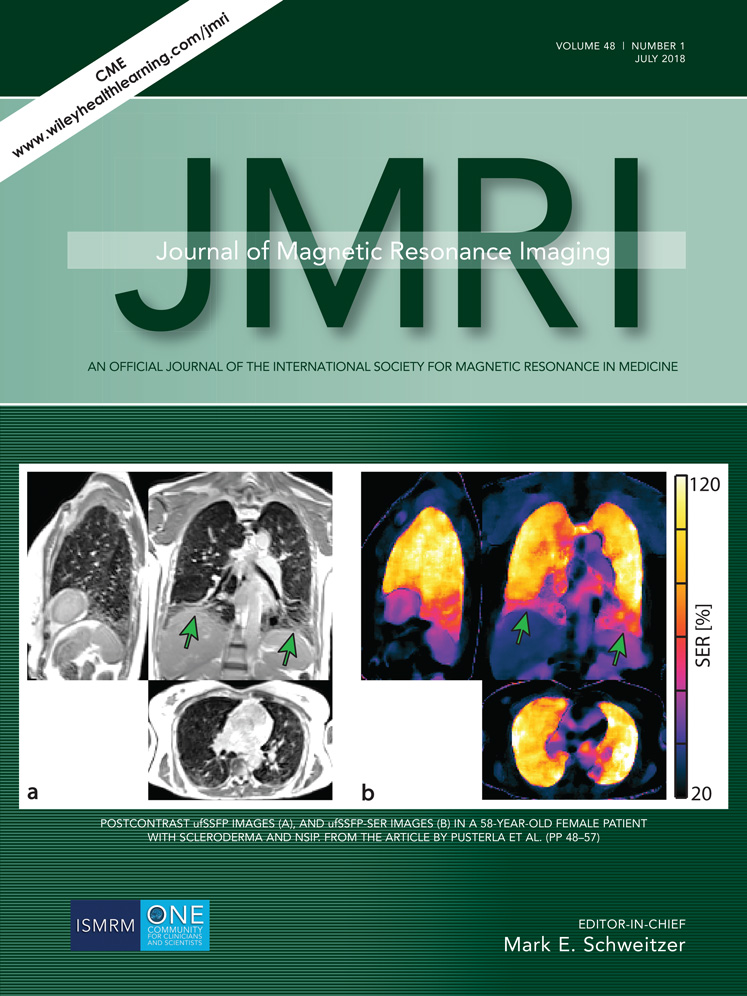REnal Flow and Microstructure AnisotroPy (REFMAP) MRI in Normal and Peritumoral Renal Tissue
Abstract
Background
Diffusion-weighted imaging (DWI) provides insight into the pathophysiology underlying renal dysfunction. Variants of DWI include intravoxel incoherent motion (IVIM), which differentiates between microstructural diffusion and vascular or tubular flow, and diffusion tensor imaging (DTI), which quantifies diffusion directionality.
Purpose
To investigate the reproducibility of joint IVIM-DTI and compare controls to presurgical renal mass patients.
Study Type
Prospective cross-sectional.
Subjects
Thirteen healthy controls and ten presurgical renal mass patients were scanned. Ten controls were scanned twice to investigate reproducibility.
Field Strength/Sequence
Subjects were scanned on a 3T system using 10 b-values and 20 diffusion directions for IVIM-DTI in a study approved by the local Institutional Review Board.
Assessment
Retrospective coregistration and measurement of joint IVIM-DTI parameters were performed.
Statistical Analysis
Parameter reproducibility was defined as intraclass correlation coefficient (ICC) >0.7 and coefficient of variation (CV) <30%. Patient data were stratified by lesion side (contralateral/ipsilateral) for comparison with controls. Corticomedullary differentiation was evaluated.
Results
In controls, the reproducible subset of REnal Flow and Microstructure AnisotroPy (REFMAP) parameters had average ICC = 0.82 and CV = 7.5%. In renal mass patients, medullary fractional anisotropy (FA) was significantly lower than in controls (0.227 ± 0.072 vs. 0.291 ± 0.044, P = 0.016 for the kidney contralateral to the mass and 0.228 ± 0.070 vs. 0.291 ± 0.044, P = 0.018 for the kidney ipsilateral). In the kidney ipsilateral to the mass, cortical Dp,radial was significantly higher than in controls (P = 0.012). Conversely, medullary Dp,axial was significantly lower in contralateral than ipsilateral kidneys (P = 0.027) and normal controls (P = 0.044).
Data Conclusion
REFMAP-MRI parameters provide unique information regarding renal dysfunction. In presurgical renal mass patients, directional flow changes were noted that were not identified with IVIM analysis alone. Both contralateral and ipsilateral kidneys in patients show reductions in structural diffusivities and anisotropy, while flow metrics showed opposing changes in contralateral vs. ipsilateral kidneys.
Level of Evidence: 2
Technical Efficacy: Stage 2
J. Magn. Reson. Imaging 2018.
Conflict of Interest
Thorsten Feiweier is an employee of Siemens Healthcare GmbH, owns stocks of Siemens AG, and holds patents filed by Siemens.




